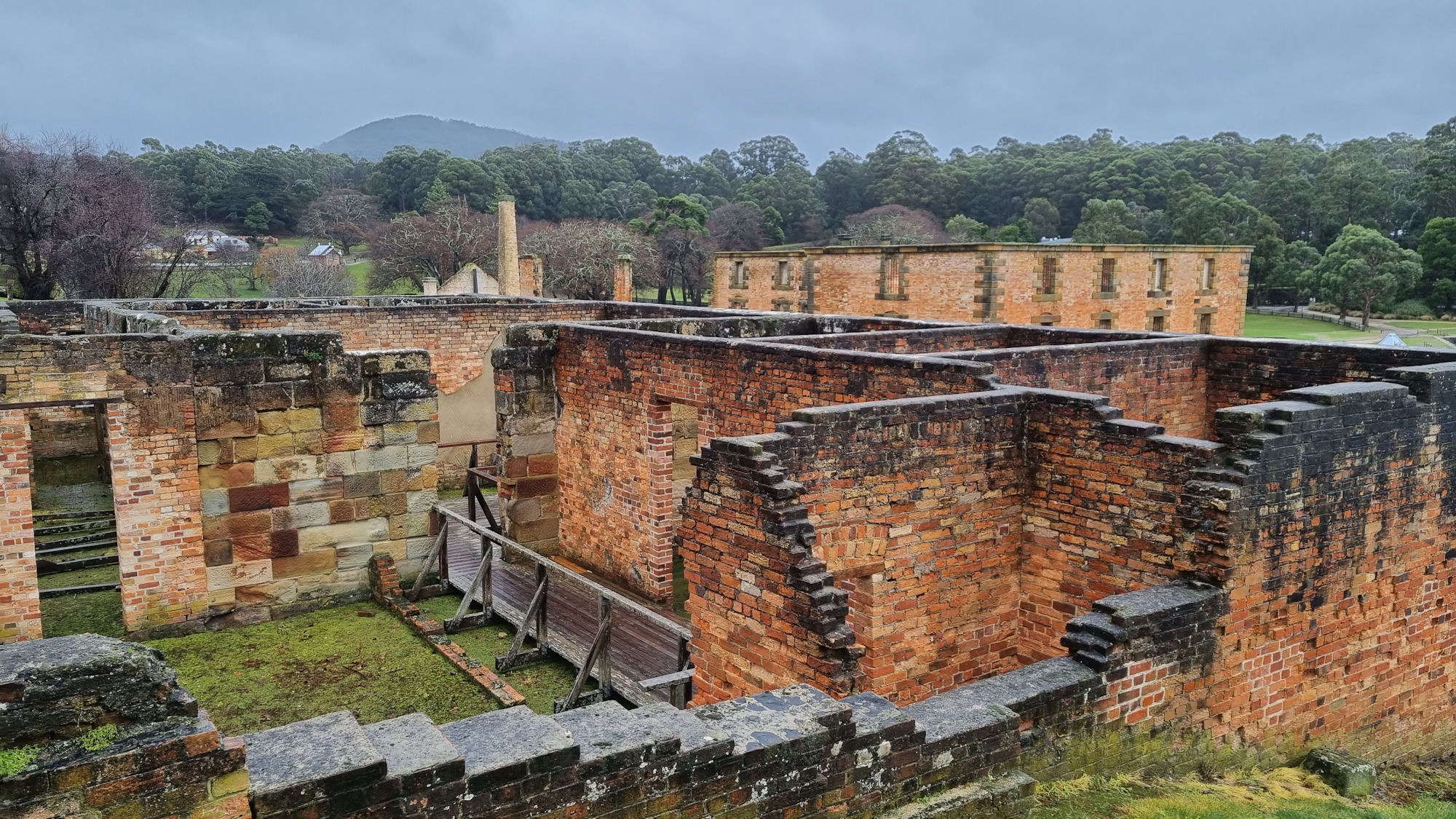Category: Memorial
-
Tasman Peninsula Tasmania Australia

Tasman Peninsula The Tasman Peninsula has an wonderful array of historical and natural locations explore. Containing some of Australia’s oldest convict sites, it tells the story of early colonial life while being surrounded by amazing natural beauty. During our stay here, we visited the sites below. This is by no means all there is to… Read more
-
Fantastic Bruny Island Tasmania

Bruny Island At 50kms long, Bruny Island has farms, food, forests, wildlife, beaches, and history, all within an easy drive. We spent two nights and two full days on the island and could have spent more because there’s so much to see and do. How to Get There Cape Queen Elizabeth Track The Neck Lookout… Read more
-
Legerwood Memorial Trees

Legerwood Memorial Trees Created to honour fallen soldiers in World War One, the Legerwood Memorial Trees are a brilliant way to ensure their legacy remains remembered. Following the end of World War One, many towns and cities in Australia chose to honour their fallen soldiers by planting trees to form avenues of remembrance. Planted during… Read more